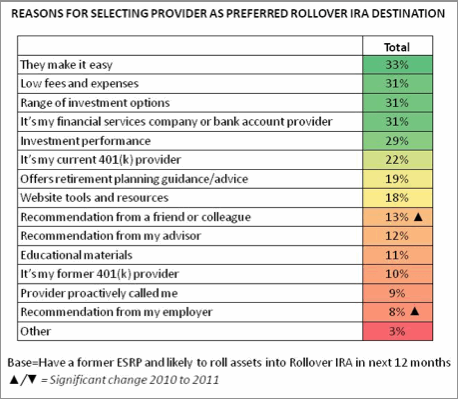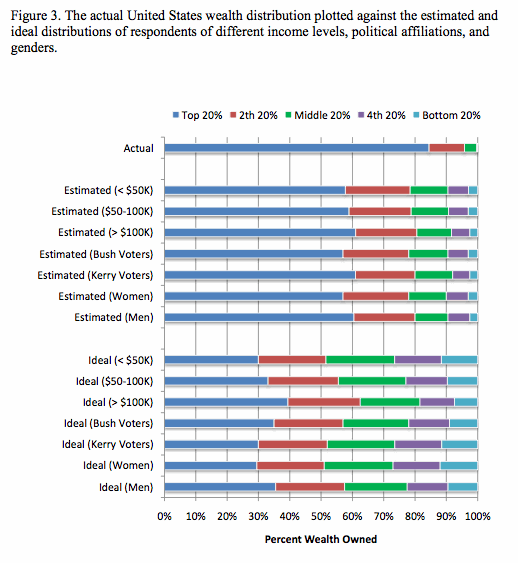Three new plans for Prudential Retirement
Prudential Retirement, a unit of Prudential Financial, has announced three new plan sponsor clients with a combined $95.4 million in plan assets and about 1,100 participants.
U.S. Epperson Underwriting Company, a commercial property and casualty insurance management company, has signed on for a full service retirement solution. Prudential Retirement will record-keep the Boca Raton, Fla. headquartered company’s defined contribution (DC), defined benefit (DB) and deferred compensation plans. Prudential will service $67 million in total combined plan assets and will deliver retirement planning services to more than 329 DC participants and 787 DB participants. The deal became official on Dec. 1, 2011.
Prudential has also assumed recordkeeping responsibility for Garden City, New York-based The Auto Club of New York. The defined contribution plan has more than 580 participants and $18 million in plan assets.
New Orleans, Louisiana-based Energy Partners has also signed on. The 401(k) plan has more than 250 plan participants and roughly $10.4 million in plan assets.
Prudential Retirement counts over 3.6 million participants and annuitants and had $214.7 billion in retirement account values as of September 30, 2011.
Joan Bozek named senior vice president at Prudential Retirement
Prudential Retirement has appointed Joan Bozek as senior vice president, Investment Products, effective immediately. She will report to Jamie Kalamarides, senior vice president, Institutional Investment Solutions.
Bozek will be responsible for Prudential Retirement’s proprietary and sub-advised fixed income, equity, balanced and asset allocation funds with $30 billion in assets under management. She will also lead Prudential’s Due Diligence Advisor (DDA) process, the business unit’s quantitative and qualitative approach to selecting, monitoring and, if necessary, replacing, sub-advised investment managers.
Bozek and her team are also responsible for Prudential’s proprietary retirement investment offerings, including Prudential’s EasyPath, RetirementGoal, Alliance, Discovery, Medley, and client accommodation separate funds.
Bozek will support the distribution of these products through Prudential’s Total Retirement Solutions line of business to our full service sponsors, their advisors and participants, and will explore expanding distribution to third party channels through Strategic Relationships.
Bozek had been vice president, Defined Benefit Product, Service and Operations. Before joining Prudential, she served as the Chief Investment Officer for the Merrill Lynch Retirement Group with responsibility for defined benefit and defined contribution plan investments and as the Chief Risk Officer and Head of Investment Product for Merrill Lynch Trust Company.
TD Ameritrade to provide brokerage services to ABA Retirement Funds Program
TD Ameritrade, Inc., a broker dealer subsidiary of TD Ameritrade Holding Corp., will provide self-directed brokerage account services to the ABA Retirement Funds Program, a fully-bundled retirement solution available to law firms and their employees offered by the ABA Retirement Funds, a not-for-profit organization.
The 3,700 law firms served by the program will have access to a broad range of non-proprietary investment choices including 100 commission-free ETFs and over 13,000 mutual funds, and independent third-party research and market analysis.
John Hancock Annuities wins 2011 Dalbar award
John Hancock Annuities was named a service leader by Dalbar in its recently announced 2011 Financial Intermediary Service Awards. Dalbar honored John Hancock Annuities as a leading firm in the post-sale award category among financial intermediary firms, based on testing of advisor calls.
Dalbar’s Financial Intermediary Service Award is based on systematic testing of service throughout the year. Dalbar conducts thousands of tests to measure how financial companies respond to the need for service from financial professionals. Companies that exceed a variety of industry benchmarks after one year of testing earn the Financial Intermediary Service Award.
Heapps, Harrington and Rigatti rise at John Hancock Financial Network
Brian Heapps, CLU, ChFC, was named president of John Hancock Financial Network (JHFN), replacing Peter Gordon, who has become the general manager of John Hancock Retirement Plan Services.
Heapps is responsible for all aspects of JHFN, the company’s national network of independent firms, and its broker-dealer, Signator Investors, Inc.
In addition, Bruce Harrington was promoted to vice president of sales and business development, taking on some of Heapps’ prior role. Matt Rigatti was appointed to the new position of assistant vice president of field resources.
Heapps joined John Hancock in 1987 as a financial representative and in 1997 founded JHFN firm Keystone Financial Management in Allentown, PA. He joined JHFN’s home office in 2007 and has served as executive vice president, agency sales and development since then. He holds the Chartered Life Underwriter and Chartered Financial Consultant designations.
Harrington is responsible for JHFN sales across all product lines, relationships with all product sponsors and recruiting. He joined JHFN in July 2010 as head of retirement sales and strategy. Since then he has rolled out two retirement-related platforms for advisors, one for working in the defined contribution market and the other in the retirement income market.
Previously, he served as senior vice president of retirement solutions at LPL Financial. Prior to that, he launched a new business unit focusing on syndicated research at Cogent Research. He also held senior positions at MFS Investment Management and Putnam Investments. Harrington earned a bachelor’s degree in political science from Boston College and an M.B.A. from Suffolk University.
Rigatti, who joined John Hancock in 1995, will be responsible for setting strategy and overseeing JHFN’s field facing teams including firm financing, information technology and supervision.
Rigatti has held a variety of positions of increasing responsibility in variable annuity operations. He is a graduate of Boston College with a degree in history.
Northwestern Mutual announces 2011 financial results
Northwestern Mutual today announced its 2011 financial results, which included an increase in the amount of dividends expected to be paid to its participating policyowners in 2012 to almost $5 billion as well as an increase of more than $500 million in its surplus position.
The company expects to pay $4.97 billion in policyowner dividends in 2012, its second highest amount ever. In 2012, the company’s dividend payout will include a dividend scale interest rate of 5.85% on unborrowed funds for most permanent life insurance products.
Northwestern Mutual said that it expects again to lead the U.S. insurance industry by a wide margin in total life insurance, long-term care and disability insurance dividends paid. It expects to pay approximately three times the ordinary life insurance dividends of its nearest competitor.
The company’s total surplus, a combination of surplus and asset valuation reserve, grew to $18.2 billion at year-end 2011, a company record. “Surplus” represents an insurance company’s capital position, a cushion for the unexpected that is held above and beyond the reserves it also holds to provide for future insurance benefits.
Securian Retirement wins CEFEX certfication
Securian Retirement’s process for selecting investment options for its qualified retirement plan clients received CEFEX certification from the Centre for Fiduciary Excellence for the fourth consecutive year, the company said.
Securian Retirement’s qualified plan products are offered through a group variable annuity contract issued by Minnesota Life. CEFEX is an independent organization that assesses the risk and trustworthiness of investment fiduciaries.
TIAA-CREF names GE veteran as COO
TIAA-CREF, a leading financial services provider, today announced the appointment of Ronald Pressman has been appointed executive vice president and chief operating officer of TIAA-CREF, which has 3.7 million participants at 15,000 educational institutions.
A 32-year veteran of General Electric, Pressman will report to TIAA-CREF CEO Roger Ferguson beginning January 30, 2012.
Pressman most recently served as president and CEO of GE Capital Real Estate and as director of the GE Capital Services and GE Capital Corporation boards. Previously, he served as president and CEO of GE Asset Management and chairman, president and CEO of GE Employers Reinsurance Group. Pressman also served as the CEO of GE Energy Europe, Africa, Middle East and Southwest Asia and the general manager for GE International’s Central and Eastern European markets.
Pressman is a graduate of Hamilton College and will be based in TIAA-CREF’s New York City office.
Kotwal named to Great-West marketing post
Great-West Life & Annuity Insurance Company has appointed Sid Kotwal as assistant vice president, marketing strategy. He reports to Joe Greene, senior vice president and chief marketing officer.
Kotwal will be responsible for competitive research, marketing analysis and benchmarking, branding, and product service positioning. He also will develop initiatives in the positioning, communications and messaging of Great-West products and services targeting financial advisers and insurance and retirement services clients.
Kotwal most recently served as managing director, product marketing and management at Charles Schwab. Previously, he was a vice president of product management at MasterCard International and held positions in product marketing and strategy at American Express, Capital One and Salomon Smith Barney. Kotwal completed his Bachelor of Science degree in mathematics and economics at Cornell University and an MBA in finance and strategic management at the Wharton School of Business.
© 2012 RIJ Publishing LLC. All rights reserved.





